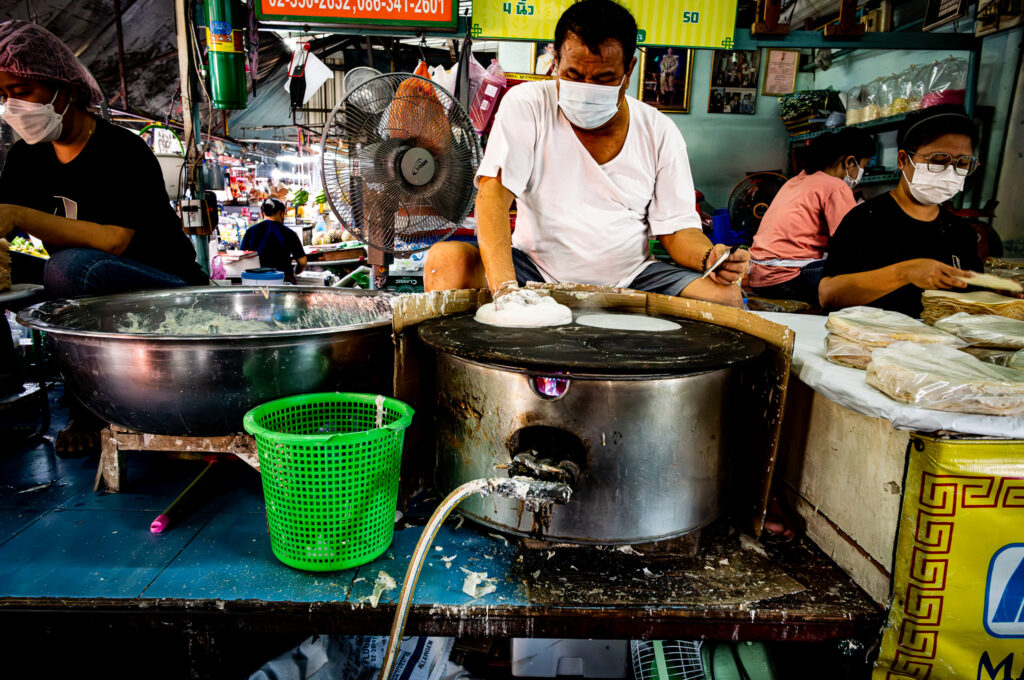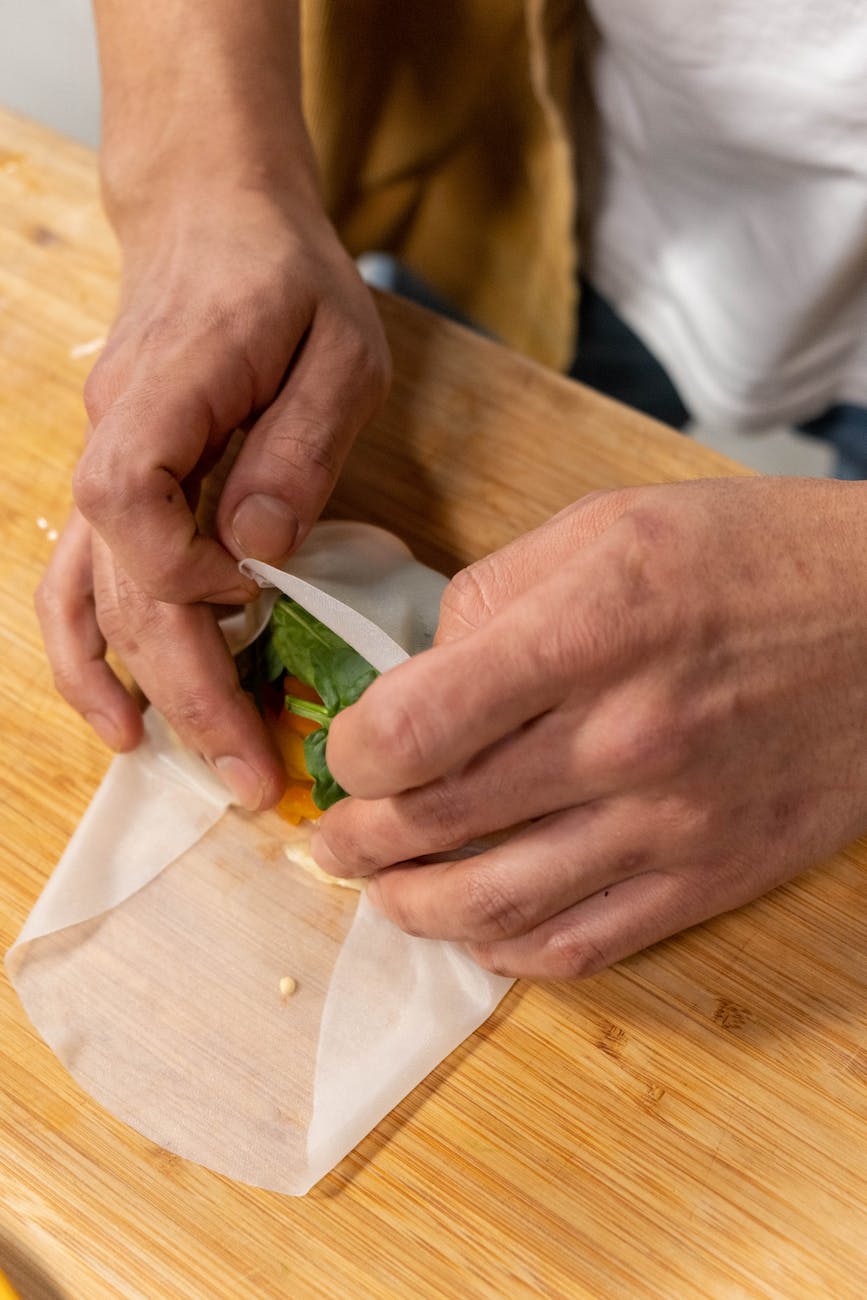
Rice paper holds deep cultural significance in the regions where it is prevalent. It represents not only a staple food source but also a vehicle for cultural exchange and creativity. Its use in traditional dishes symbolizes community, as families and friends gather to share meals and partake in the joy of rolling their own spring rolls or other rice paper-based delicacies. Additionally, rice paper serves as a tangible link to ancestral heritage, a testament to the time-honored techniques and values passed down through generations.
Rice paper is a versatile and widely used ingredient in Thai cuisine. It is a thin, translucent sheet made from rice flour, water, and sometimes tapioca flour. The texture of rice paper is delicate and pliable when moistened, but it becomes firm and chewy when cooked or dried.
In Thai cuisine, rice paper is primarily used to make fresh spring rolls, which are popular as appetizers or light meals. These spring rolls are commonly referred to as “po pia sod” or “po pia sot” in Thai. The rice paper serves as the wrapper for a variety of fillings, typically consisting of fresh vegetables, herbs, and sometimes cooked meat or seafood. The fillings are placed in the center of the rice paper, and then the paper is rolled tightly to enclose the ingredients.
To work with rice paper, it is necessary to soak it briefly in warm water to soften it. Once softened, it becomes pliable and easier to roll. The soaking time may vary depending on the brand and thickness of the rice paper, but it usually takes about 10-20 seconds. It’s important not to oversoak the rice paper, as it can become too soft and tear easily.
Rice paper has a neutral taste, allowing the flavors of the fillings to shine. It provides a light and refreshing element to the spring rolls, complementing the crispness of the vegetables and the aromatic herbs.

Apart from spring rolls, rice paper can also be used in other Thai dishes, such as rice paper noodles or rice paper salad. In these preparations, the rice paper is typically cut into thin strips or soaked briefly to soften before incorporating it into the dish.
Overall, rice paper is a versatile and essential ingredient in Thai cuisine, particularly for making fresh spring rolls. Its delicate texture and neutral flavor make it a perfect wrapper for a variety of fillings, adding a light and refreshing element to Thai dishes.